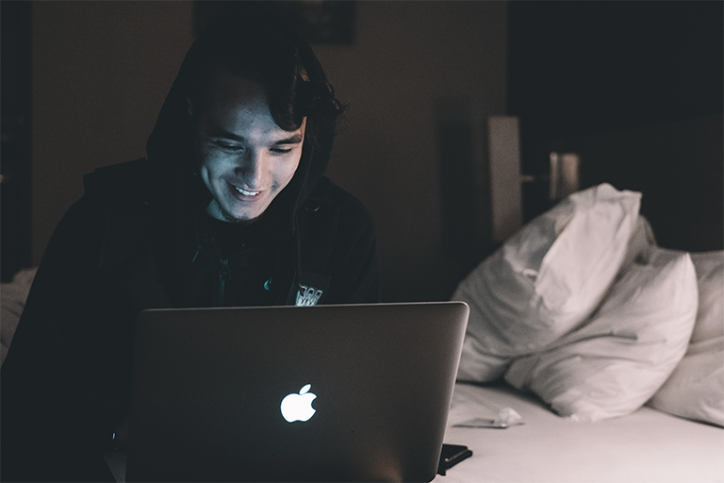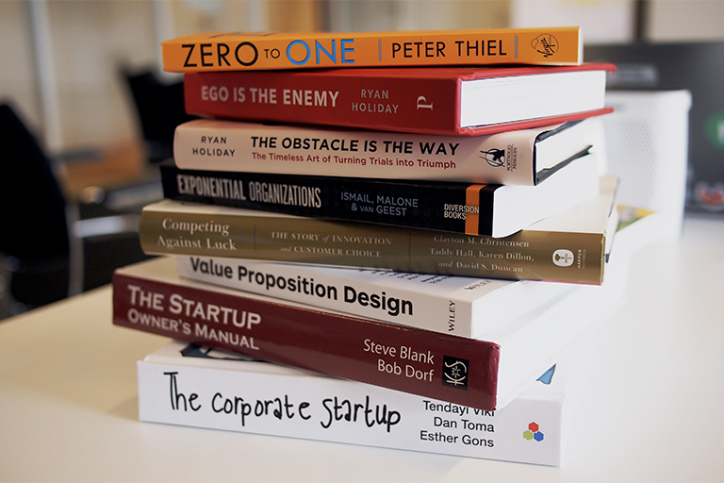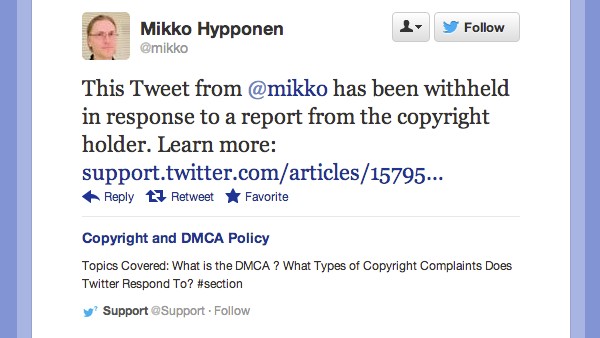Copyrights and social media always seem like this gray area that brands walk on eggshells over or just ignore completely, especially when it comes to images. Here are the top 10 tips on what you need to know to avoid a copyright disaster and maintain your brand’s integrity when it comes to images and social media.
What is a copyright?
Merrian-Webster dictionary defines copyright as “the exclusive legal right to reproduce, publish, sell, or distribute the matter and form of something (as a literary, musical or artistic work).” A copyright, in essence, protects the author and his or her creative expression of such work. Copyrighted works include books, photographs, movies and music.

Every country has its own copyright laws, but the Berne Convention for the Protection of Literary and Artistic Works is an international agreement governing copyright between its signatories. The convention relies on the published country of origin to determine applicable copyright law. For instance, a work published in the United States is subject to applicable United States copyright laws. It also sets minimum standards for the length of copyright, though member countries can have stricter terms. Specifically for photography, copyrighted term is 25 years from the year it was created. [i]
What do Facebook, Pinterest and Twitter say about copyright law?
Each social media platform, such as Pinterest, Twitter and Facebook, has copyright information in each of their respective terms of conditions. The terms of conditions lays out what users may or may not do and the consequences for violating the terms. However, it is important to note that whatever the terms of service are for any social media platform, the laws governing copyrights trump and in the end, determine what is and isn’t legal and enforceable by law.
For instance, Facebook, Twitter and Pinterest all have ways of reporting and removing information that may violate copyright terms. This involves the copyright holder filing a complaint. The person in violation of the copyright also has a chance to file a counter-appeal.
Facebook has a page set up in their help area that addresses intellectual property issues: http://www.facebook.com/help/intellectual_property. This is in order to protect themselves from legal action, as well as their users.
In Facebook’s statement of responsibilities, it specifically lays out that users are not allowed to post any content that infringes someone else’s rights or violates law. If someone does post this sort of content, Facebook has the right to remove the content. Repeatedly infringing on someone else’s copyrighted information will get your account disabled. [ii] Twitter, Pinterest, etc. have the same rules.
Social media platforms take copyright violations seriously and violating them can damage your brand. If your image is removed from Twitter for a possible copyright violation, this image will appear:
As a brand, you do not want to be known as an organization that violates intellectual property. That just looks bad. So it’s important to know the basics of copyright law.
Top 10 Tips: What you need to know about posting and sharing images for social media:
1) Copyright is owned by who created it.
2) A work does not have to be registered with its local copyright office to be copyrighted. As soon as a work is created, it is protected. [iii]
-
- Registering a work does help your cause if you file a lawsuit or copyright violation.
3) Giving credit to the person who created the content or disclaiming ownership of the content is not sufficient to avoid copyright infringement. [iv]
4) Pinterest offers a code for those who wish that images not be pinned from their site. If you try to pin an image from a site with this code, the following message pops up: “This site doesn’t allow pinning to Pinterest. Please contact the owner with any questions. Thanks for visiting!” If you run into this, do not try to get around it by saving the image and uploading it by user.
5) Copyright does not apply to works in the public domain. Images in the public domain can be used freely.
-
- Works published before 1923 in the U.S. are public domain. [v]
- Works prepared by an officer or employee of the United States Government as part of that person’s official duties are never copyrighted.
- The dates can get tricky for public domain, and vary by country. In the U.S., for instance, works published after 1922 but before 1978 are protected for 95 years from the date of publication. However, for works published after 1977, the copyright lasts for the life of the author plus 70 years. One can always check with their local copyright office for further information.
6) A work does not need to explicitly state it is copyrighted or use the copyright symbol © for it to be copyrighted. [vi]
7) There are a variety of stock photos available to buy.

8) Fair use doctrine allows the public to use copyrighted images without permission. This can be a tricky concept and a fine line to walk. There are some things to keep in mind when determining if something is fair use: [vii]
-
- Purpose of using the work is for comment, criticism, news reporting, teaching, scholarship or research. For instance using an image of a product for an on-line review could be considered using the image for fair use.
- Is it for a commercial endeavor or non-profit educational purposes? Fair use can usually not be used for commercial gain.
- The amount of the work used ( the entire thing vs. a small portion) and its effect of the value of the work.
- Transformative use. If the original work was used to create something else and has been transformed, it’s more likely to be considered fair use.
9) Creative Commons licenses allow the copyright owner to modify their rights and let others use their images in a limited way; [viii] they allow someone to use an image that is otherwise copyrighted in a flexible way. More information can be obtained at http://creativecommons.org/about.
-
- http://www.flickr.com/creativecommons/by-2.0/ links to images that have creative common licenses and can be used.
10) A variety of websites offer images in the public domain or those that are not copyrighted:
-
- http://office.microsoft.com/en-us/images/
- http://commons.wikimedia.org/wiki/Main_Page
- http://en.wikipedia.org/wiki/Wikipedia:Public_domain_image_resources
- You can also buy stock images through websites such as Big Stock Photo, Getty Images and iStock photo that will grant you a license to use the images for a fee.
If you take only one thing away from this blog post…
The number one rule when it comes to using images online is to assume it is copyrighted, unless it explicitly states otherwise. This will protect you and your brand.
If you aren’t sure who owns the copyright or if it is copyrighted, then just don’t use it. There are plenty of images that can be bought or obtained for free.
If you just have to use a copyrighted image, find the copyright owner and ask permission. Unless you have permission to use something, don’t use it!
Post written by Tom Ritter aka @tomritter2 and Kristy Beagle aka @dancinkristy52. To learn more from Sociality Squared, become a fan!
[i] Summary of the Berne Convention for the Protection of Literary and Artistic Works, http://www.wipo.int/treaties/en/ip/berne/summary_berne.html
[ii] Statement Rights and Responsibilities, https://www.facebook.com/legal/terms?ref=pf
[iii] http://www.copyright.gov/help/faq/faq-general.html
[iv] http://www.facebook.com/help/307343655989466/
[v] http://fairuse.stanford.edu/Copyright_and_Fair_Use_Overview/chapter0/0-b.html#3
[vi] http://www.templetons.com/brad/copymyths.html
[vii] http://www.socialmediaexaminer.com/copyright-fair-use-and-how-it-works-for-online-images/#more-12553
[viii] http://creativecommons.org/about
